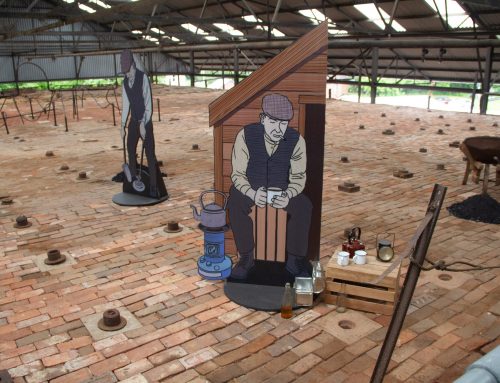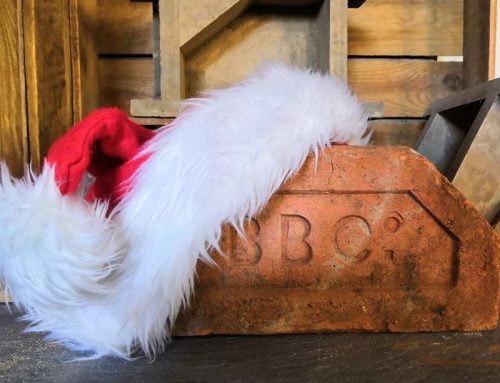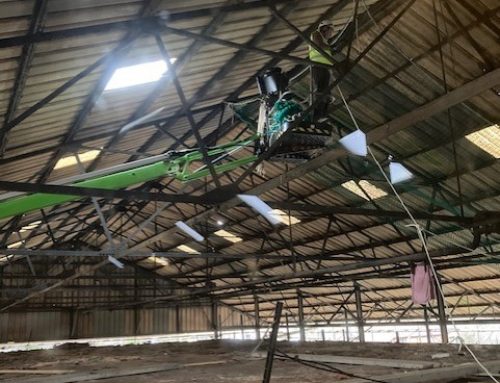WHY BRICKWORK?

Is there need to justify
A country’s traditional material
Also older than history? The units
For handling, as simple and clever as toys?
The logic of chemistry augmented by weather
Making textures and colours – reds and ‘blues’,
Gault white, plum, russet, buff, grey –
People’s redirection as well as choice,
Burning certain clays to granitic strength
And yet less ruthless than concrete?
The touching and leaving Victorian press marks
Or Tudor finger prints, instants
Able to outlast centuries?

A poem by Jane Wight on how brick can hold, pressed into its surface, the hands of its makers and the memories of generations. From a self-published poetry booklet. Shared in honour of National Poetry Day 2022.
Jane Allison Wight was born in 1935 in Suffolk. She lived and worked in Reading until sometime in the 1980s, working at Reading University.
She was interested in local architecture and campaigned to publicise and maintain the rich brick heritage of buildings, including the terraced houses with polychrome patterns. She wrote a chapter in Adam Sowan’s book ‘Bricks and Brickwork in Reading: Patterns and Polychromy’ [2020] and she contributed to an exhibition in Reading Library on brick in 1975.
At Reading Central Library [by special request] you can see the small poetry pamphlets Jane created at home, illustrated with her drawings of architectural details, and you can find her essays about Reading’s brickwork in the Local Studies section of the library.
Jane Wight researched brickmaking and brick buildings through the centuries, together with types of bricks and patterning. She drew tiles, finials and plaques plus other architectural pieces to accompany her detailed notes. The Brickworks Museum in Bursledon holds part of her archive which was given to us by her niece. This includes her research notes for the book on early brick building development in this country and a collection of bricks and tiles.
She wrote two books – ‘Brick Building in England from the Middle Ages to 1550’ published in 1972 and’ Medieval Floor tiles’ published in 1975. She was also a regular contributor to the British Brick Society journal.
The bricks pictured are from the Jane Wight Collection held by the Museum. The hand-typed tags were made by Jane. This article was written by Brickworks Volunteer Janet W.











FOLLOW US